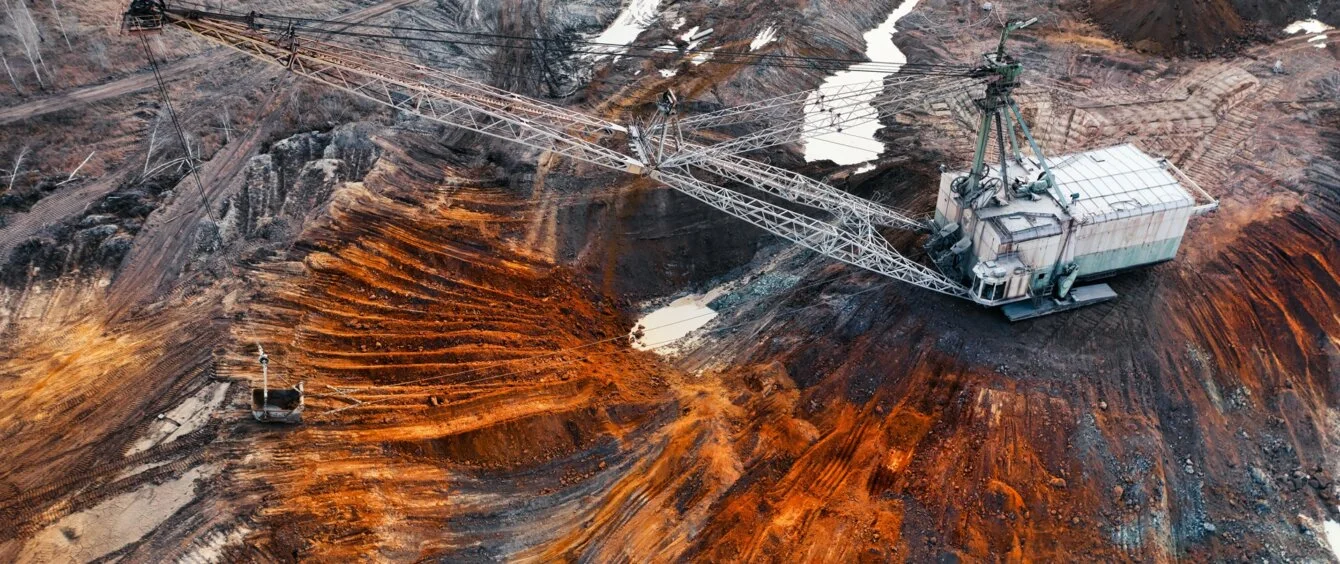Demand for critical minerals is growing apace. According to the latest Critical Minerals Market Review by the International Energy Agency (IEA), the world’s need for lithium, cobalt and nickel rose three-fold, 70 percent and 40 percent between 2017 and 2022. In the report, experts shed light on the ramifications of the progressive energy transition for the mineral market. They also present associated challenges.
Critical minerals are the commodities of greatest economic importance exposed to a significant supply risk due to their finite nature or mining capacity. These mainly include rare earths and metals. Additional information along with a list of minerals classified as critical by the EU can be found here.
Most recently, the energy sector has played the biggest part in the dynamic development. Based on the review, 56 percent of global demand for lithium came from renewable energy applications in 2022 alone. The huge need and resulting price increase caused the size of the market for commodities supporting the energy transition to double to 320 billion US dollars in a mere five years.
Consequently, the market, which was more a niche than anything else a few years ago, is increasingly stepping into the limelight of the mining and metal industries. The IEA opines this is good news as it creates new jobs. In addition, it opens the door to a new economic sector to several countries with extensive coal mining operations.
Substantial investments and increasing regulation
A look at the branch of industry confirms this. According to the review, mining companies that primarily extract minerals for energy transition technologies recently stepped up capital expenditure considerably – above all on lithium mining. Exploration outlay was up 90 percent in 2022 (sector total: +20%). Besides Canada and Australia, activities were intensified in Africa and Brazil as well.
Concurrently, a global trend towards stronger sector regulation is materialising. A growing number of countries with major critical mineral reserves is limiting exports, among them Indonesia, Namibia and Zimbabwe. Furthermore, there is an increased push among policymakers for regulating supply. Examples cited by the IEA are the EU’s Critical Raw Materials Act, the US Inflation Reduction Act, and Australia’s Critical Minerals Strategy.
This has produced the first rise in the cost of renewables for years. And in view of world climate targets, demand for critical minerals will register an even steeper increase going forward. Accordingly, demand will advance three-and-a-half times over through to 2030, eclipsing the 30 million metric ton mark on the path to net zero by 2050.
Few supplier countries and not enough focus on sustainability
The agency thus sees a need for action in various areas. Continued catch-up work has to be done to diversify supply chains. Here, the situation has hardly changed since the last IEA report: The main commodities still originate from just a handful of countries. For instance, in 2022, China accounted for 68 percent of rare earth mining, with 74 percent of the cobalt coming from Congo, nearly half of the nickel from Indonesia, and almost 50 percent of the lithium stemming from Australia.
The IEA claims there was also little progress as regards sustainability. Greenhouse gas emissions for every metric ton of mined resources has been essentially unchanged for years. Water consumption of the entire sector doubled from 2018 to 2021 – above all because extraction activity increased substantially. The experts have identified the final buyers as the culprits as they currently opt for minerals extracted by more sustainable methods far too seldom.
This is why the IEA calls for a “broad-based and bold strategy that considers investment, innovation, recycling, strict sustainability standards and well-conceived safety nets.”
Photo credit: © mykhailo pavlenko, shutterstock.com
